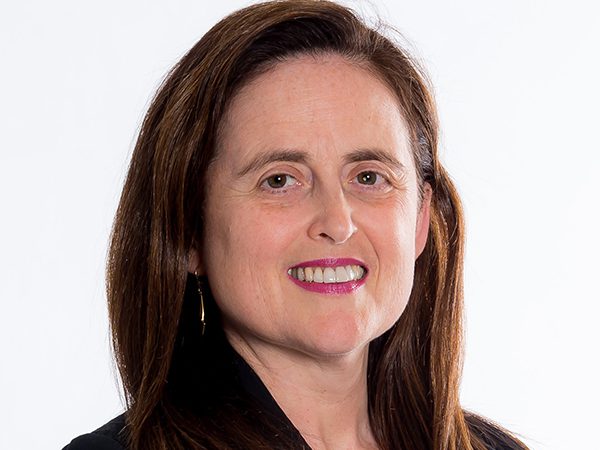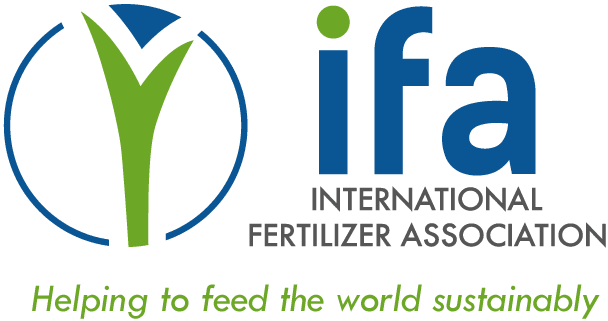Routes to Decarbonizing Fertilizer Production
Food is loaded with energy, and it takes energy to make the fertilizers that feed the crops that become food for almost half the world’s population.
At IFA, we are seeing many opportunities on the path to decarbonization of the fertilizer sector. One of the most promising is the development of new technologies to significantly reduce, remove or offset the carbon emissions associated with nitrogen production.
Nitrogen is recognized as a costly-to-abate sector due to the energy-intensive process of producing ammonia. But the business case to decarbonize ammonia production is growing rapidly, in light of surging energy costs, especially in Europe, and long-standing sustainability strategies of fertilizer producers and investors.
Investing today for the future
It’s important to note that there is no single route or ‘if-this-then-that’ road to lowering the carbon intensity of fertilizer production.
Considerations such as infrastructure, financing, government policies and regulatory frameworks vary across countries and regions. Carbon capture, storage and reuse projects, powered by natural gas, produce blue ammonia and reduce the emissions of nitrogen fertilizers and industrial products. And more and more, existing producers and new investors alike are exploring carbon-free ammonia projects, also known as green ammonia, which use renewable energy to replace fossil fuels in the production process.
In addition to being one of the building blocks of modern-day agricultural productivity, ammonia also offers promising applications in the green energy transition. Low carbon ammonia has the potential to become an alternative energy source in the shipping sector, for domestic power generation and as a hydrogen carrier.
Did you know that IFA is tracking more than 50 green ammonia projects?
IFA’s 2022 capacity survey indicated that of the green ammonia projects currently underway, 1.8 Mt of ammonia capacity could be commissioned by 2026. This would account for 0.8% of global capacity. However, there are many more projects in the pipeline. If all the projects currently being tracked by IFA were to materialize, it is forecast that green ammonia operations could total almost 60 Mt in 2028, accounting for 20% of the global total.
Reducing greenhouse gas emissions is an essential part of IFA’s overall mission to help feed the world sustainably. To find out more about IFA’s sustainability work, visit our website here.

